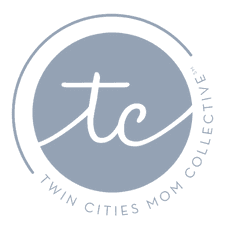I had the privilege of sitting down with our local Children’s Librarian, Miss Margaret, to learn how libraries can help kids and families. I thought I was pretty library-savvy before, but I learned so much! Here are some things she shared that are helpful not only for those mamas with struggling or disinterested readers, but for all of us!

1. First and foremost, let your child’s interests guide their book choices. That is the most important thing. Search out books – both fiction and non-fiction – about topics that peak their interest. A desire to learn is the foundation for a desire to read.
2. Books on CD are not only helpful tools for road trips and rest times, but also powerful resources for helping new or struggling readers and English language learners. Picture books on CD are great for beginning readers, while chapter books are available to help older readers. With access to the greater library system, you can reserve almost every book your child will be assigned in school, allowing you to provide a struggling reader with the audio as well as the text. Note: This is not intended to replace reading! It should be used as a tool to assist with reading.
3. There are a variety of non-traditional books to engage your child. In addition to the comic books, graphic novels, and I Spy books that have been around awhile, there are also books such as Press Here, Magic Tree, Lots of Dots, and I Guess books which encourage active participation and dialogue. This will help your child begin to see that there are just as many different books in the world as there are people. Encourage your child to keep searching until they find the right book for them.
4. Some books have remarkable stories behind the stories. This is a great way to draw your child in with some special details about the books and their authors. Miss Margaret shared only a few with me, and it was fascinating.
For example, author Jon Scieszka was an elementary teacher who noticed that boys’ reading dropped off at 3rd/4th grade. He set out to write books that would appeal to boys to encourage them to keep reading.
Author Henry Winkler is best known for his role as Fonzie on Happy Days, but perhaps lesser-known is that he was diagnosed with dyslexia. He authored many books geared toward boys, among them the Hank Zipzer series, where main character Hank Zipzer is dyslexic.
David Macaulay published Black and White in 1990. This unique book has four stories going on simultaneously on each page. This is particularly remarkable knowing that this was created before the internet became popular, where we are accustomed to multiple tabs open and multi-tasking. This book can be read one story at a time or all four at the same time. As the book goes on, the stories start to meld into one another.
5. Find a fun place to read. Create a reading corner in your home that’s cozy and comfortable, or even a reading area that’s silly to help your child loosen up. Read for a few minutes under the kitchen table, then switch to the empty bathtub, then hang upside down from the couch and read. Anytime you can get a child to relax and have fun while they’re reading, it will help them take risks in reading new or challenging words.
6. Check out your local library’s Read With an Animal or Paws to Read program. Your child can practice reading aloud while cuddling up with a therapy animal. There are many benefits to your child, both academic and emotional, when participating in this program.
The next time you’re visiting the library, stop by the desk and ask for the children’s librarian. Tell them about your child and ask for book recommendations. You’ll be amazed at the help they can provide!



